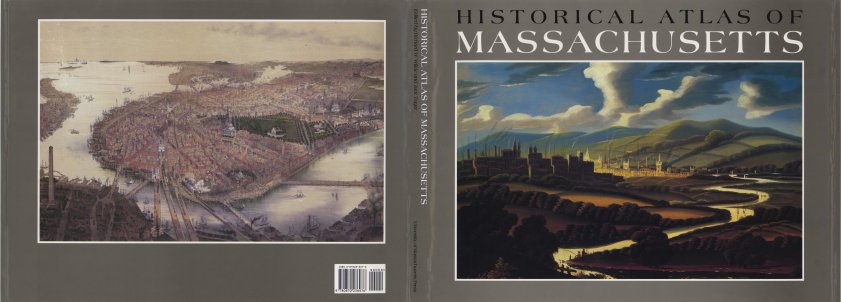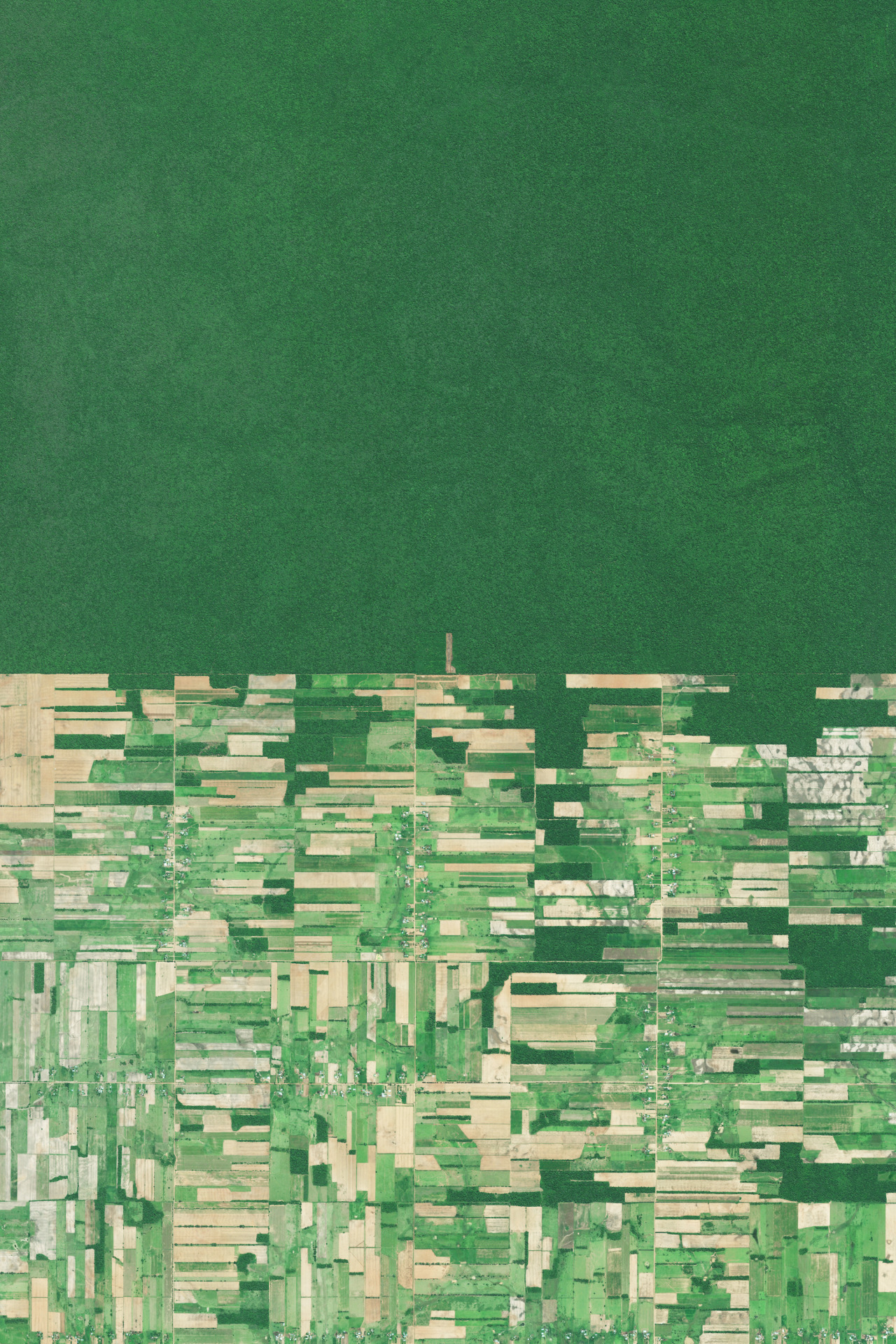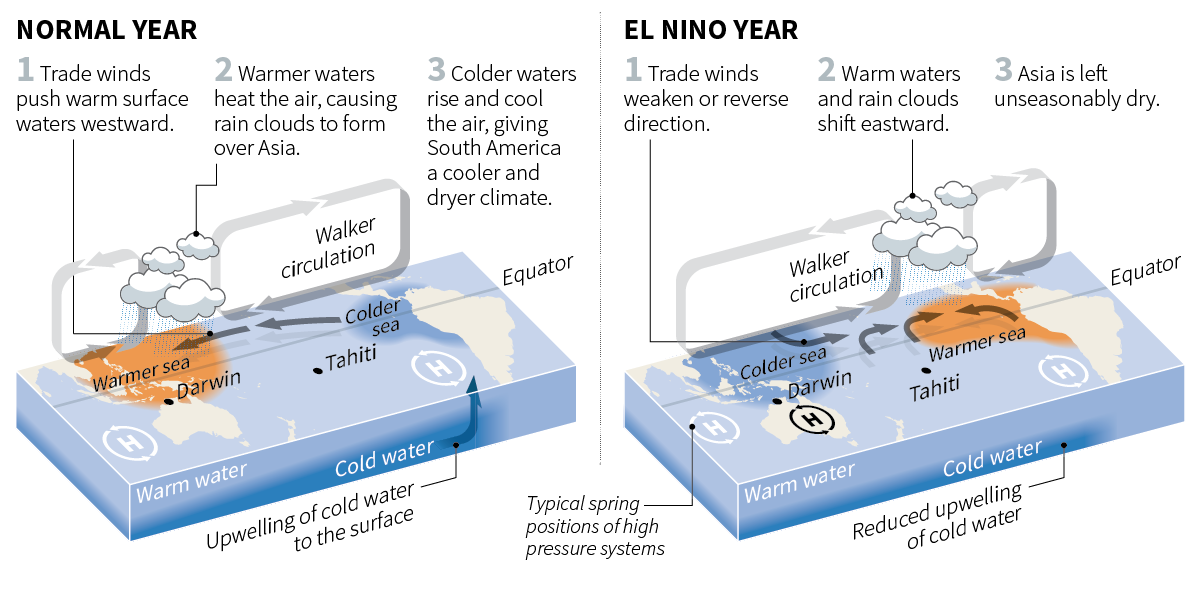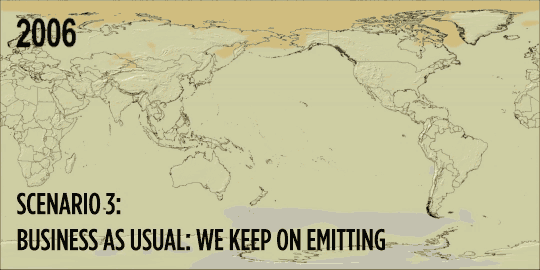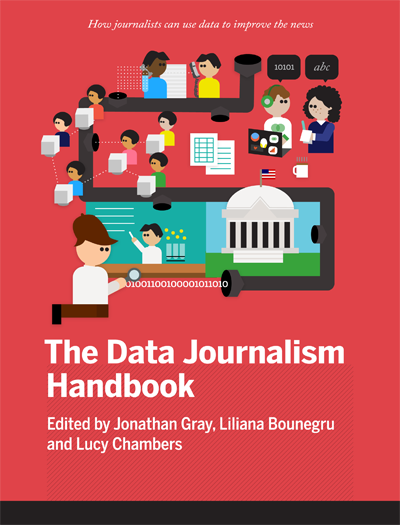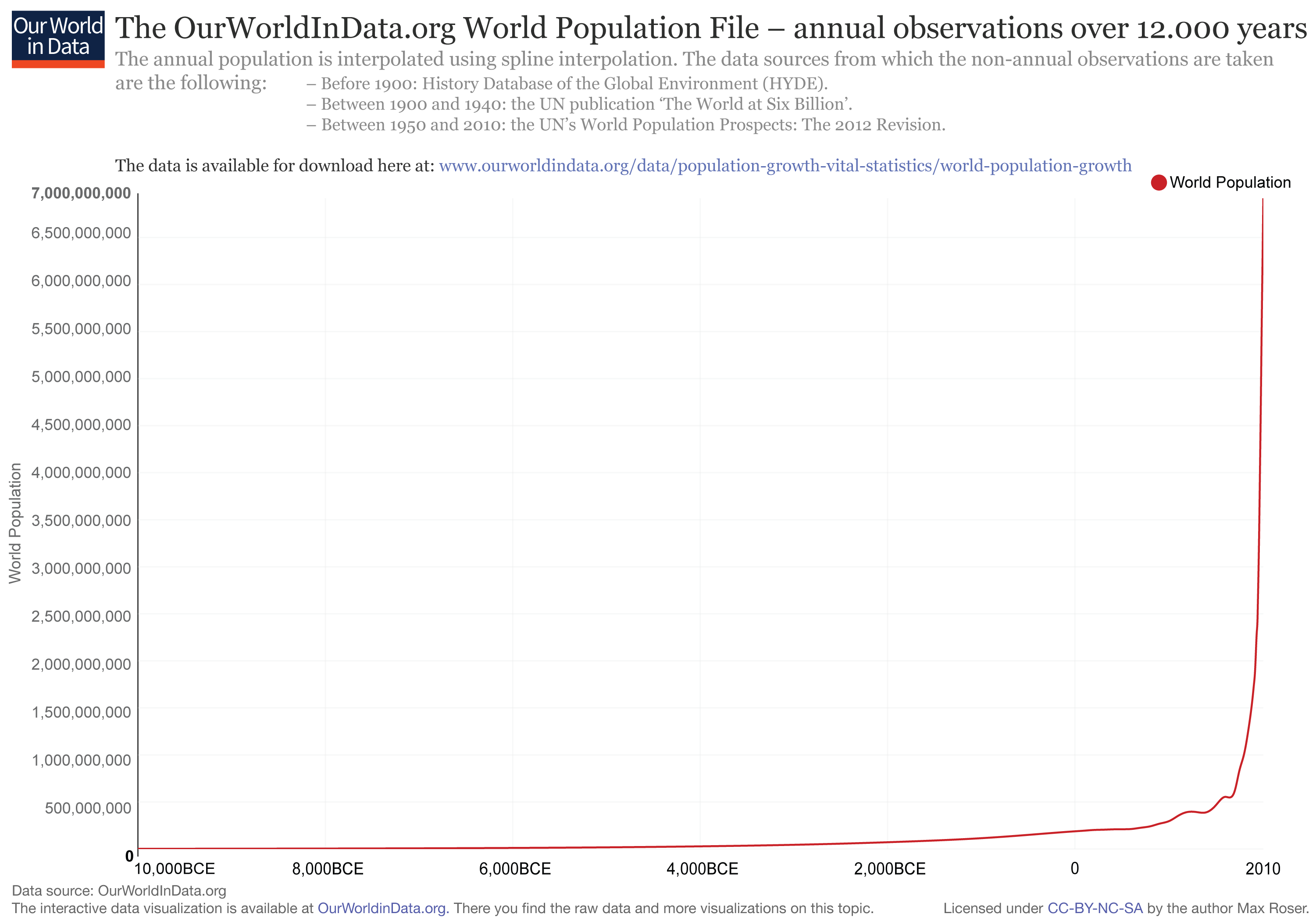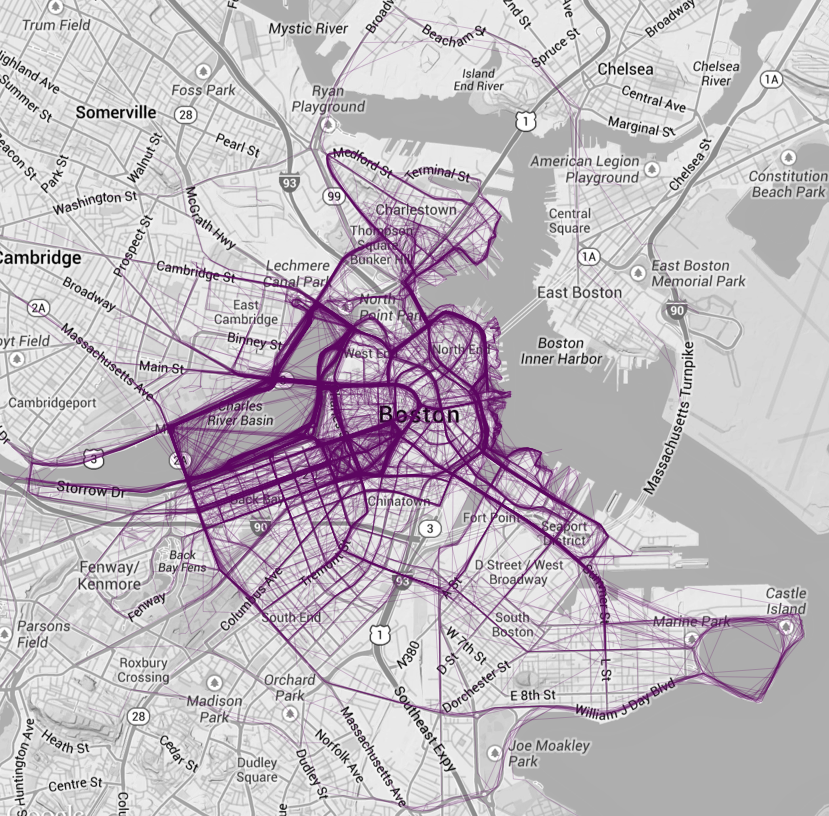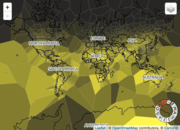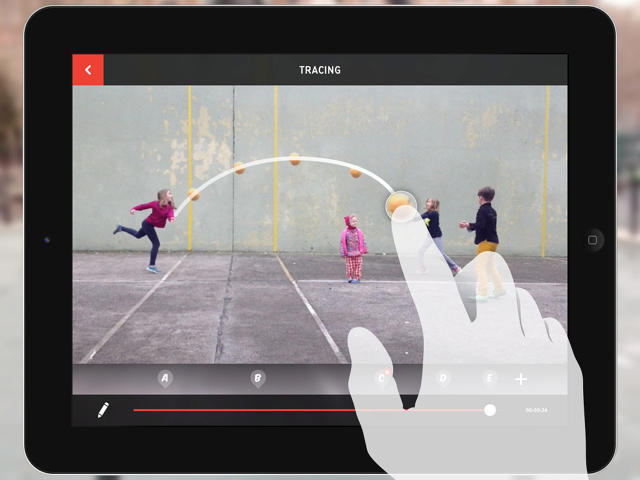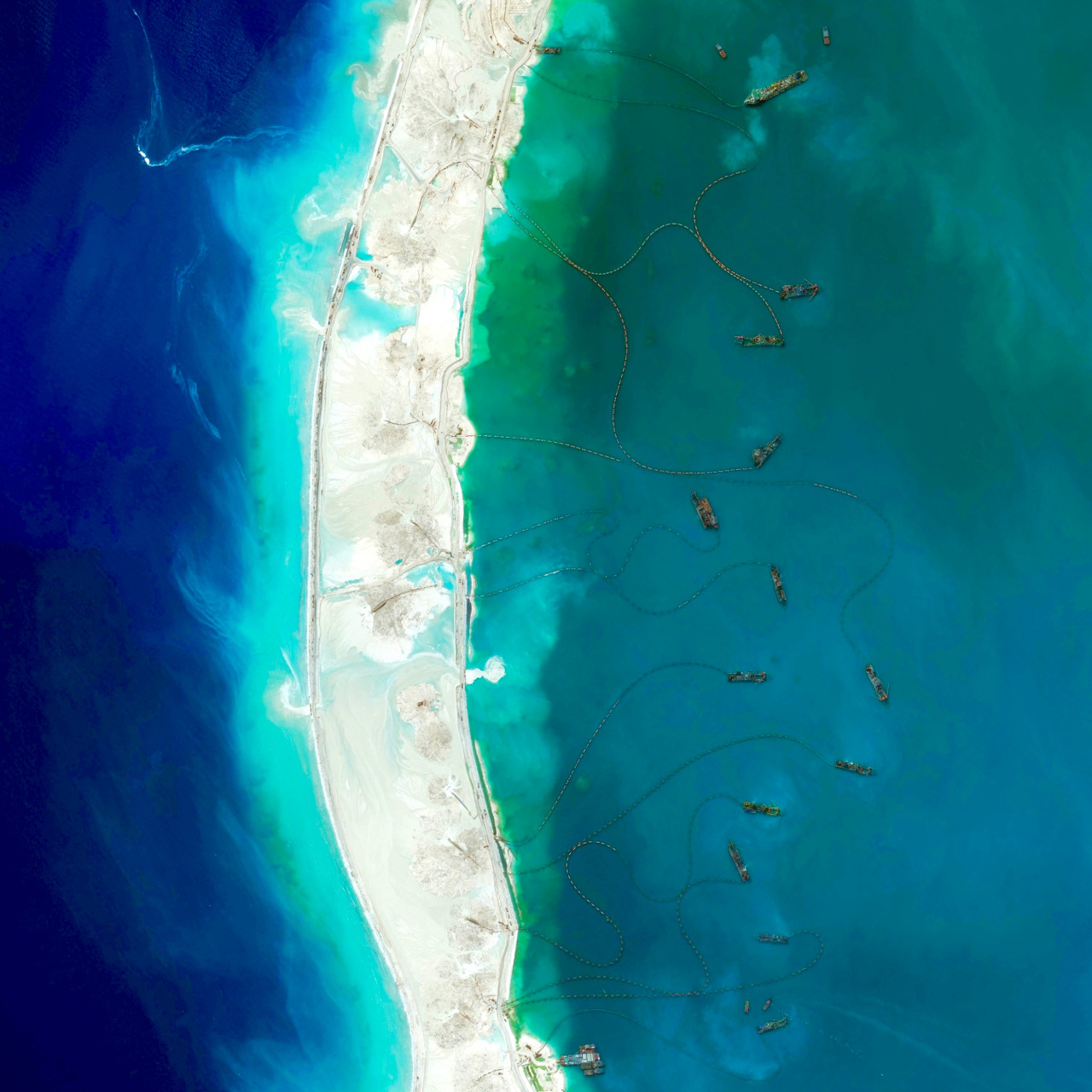Books and Tutorials
- How to Think Like a Computer Scientist: Learning with Python
- Dive Into Python
- Learn Python The Hard Way
- Python Scripting for ArcGIS (Esri Press)
- GIS Tutorial for Python Scripting (Esri Press)
- The Python Tutorial
- Python for geospatial data processing
MOOCs and More
- Codeacademy: Python
- CS50x: Introduction to Computer Science (edX)
- Introduction to Computer Science and Programming Using Python (edX)
- Introduction to Computer Science and Programming (MIT Open Course Ware)
- GEOG 485: GIS Programming and Automation (Penn State)
- Geoprocessing with Python using Open Source GIS
- Esri Training: Python
Esri
- Python for ArcGIS
- Tapping Python (ArcUser Spring 2008)
- Using Python and QML to build native apps
For more, please see What are some resources for learning ArcPy?

